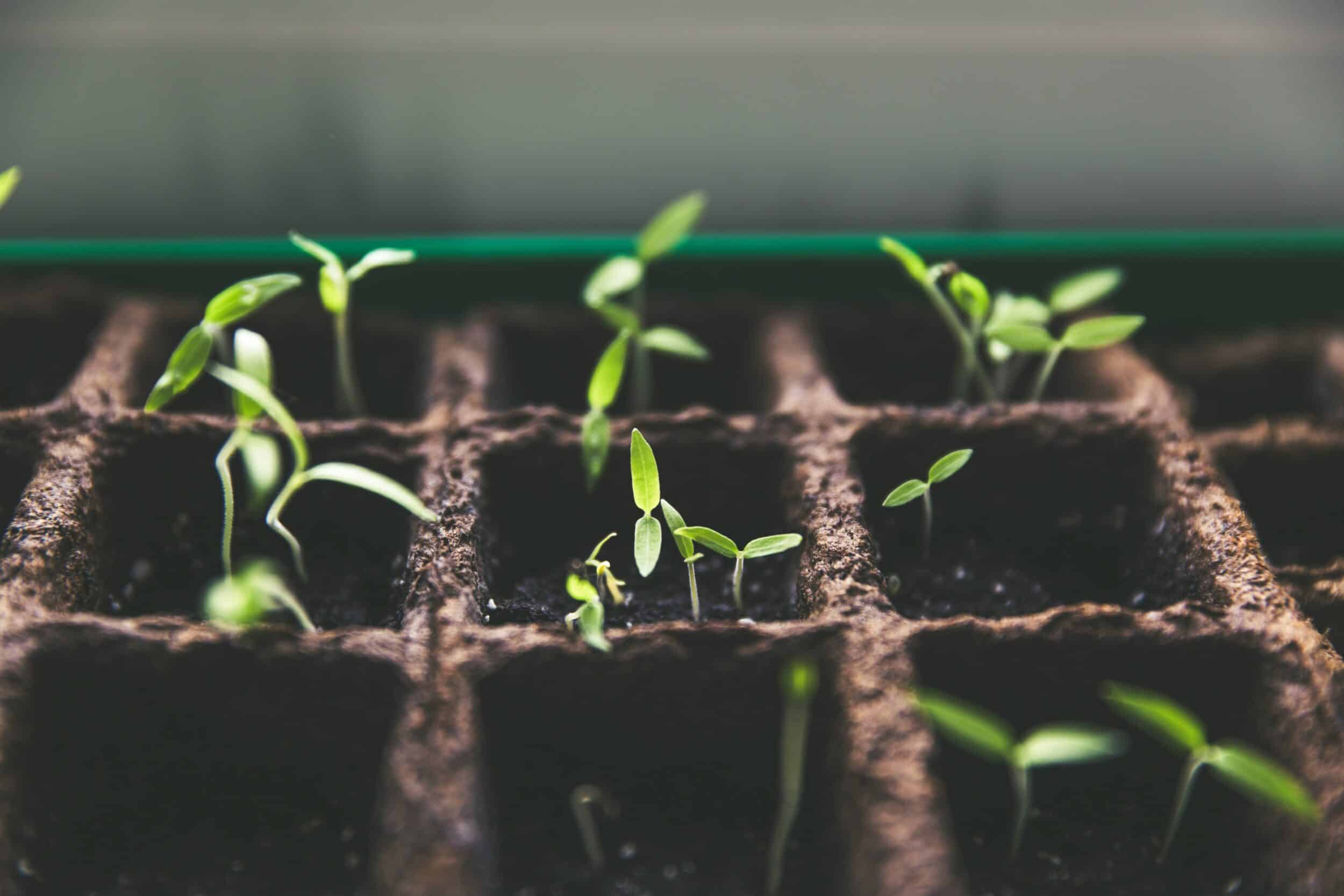While rain is falling across most of France on this last weekend of February, it’s the perfect opportunity to focus on one of the most rewarding stages of gardening: indoor seed germination. Whether you’re an urban gardener with limited space or an enthusiast with a large garden, successfully germinating your indoor plants is a crucial step to ensure their future growth and blooming. Here are five keys to guide you.
Choice of containers and suitable potting soil
Success begins with the choice of the right container. Small biodegradable pots or seedling trays with cavities are ideal, as they allow for easy handling without disturbing the fragile roots during transplantation. Opt for a specific seedling potting soil, light and well-drained, to promote good root aeration and avoid excess moisture.
Sowing at the correct depth
A common mistake is to bury the seeds too deeply. The general rule is to sow at a depth equivalent to two or three times the diameter of the seed. For fine seeds, a simple press on the potting soil is enough. This accuracy ensures optimal germination and avoids wasted sowing.
Constant but controlled humidity
Humidity is crucial for germination. Cover your seedlings with plastic wrap or glass to retain moisture, but be sure to ventilate daily to prevent the development of mould. A sprayer is the perfect tool for moisturizing the potting soil without saturating it, aiming for soil that is damp to the touch, but never soaked.

Ideal Temperature
Most seedlings germinate effectively between 18°C and 22°C. A temperature that’s too low slows germination, while a temperature that’s too high can prevent it. Consider the use of a seedling heating mat if your growing space is cooler, especially in late winter.
Sufficient light
After germination, light becomes the most important element. Place your seedlings near a well-lit window or, even better, use growth lamps to provide 12 to 16 hours of light per day, which are essential to prevent young plants from stretching too much in search of light.
What to sow at the end of February?
The end of February, despite its rainy weather and still cool temperatures, offers an ideal opportunity to start some indoor sowings. Here is a selection of plants suitable for this period, to prepare your garden or your urban space for the arrival of spring:
Vegetables
- Tomatoes: Essential to the vegetable garden, tomatoes require an early start indoors for a summer harvest. Start your seeds now to replant them outdoors after the last frosts.
- Peppers and chillies: Like tomatoes, they benefit from starting indoors to fully mature during the summer.
- Eggplants: They require a long growing season. Sowing in February allows you to enjoy their delicious fruits at the end of summer.
Flowers
- Petunias: These colorful and generous flowers require an indoor start to brighten up your balconies and gardens from the first days of summer.
- Impatiens: Perfect for shaded areas, impatiens can be sown indoors in February for continuous blooming throughout the summer.
- Begonias: With their wide range of colors, begonias started indoors will beautify your outdoor spaces from spring.
Aromatic herbs
- Basil: Essential in summer cooking, basil sprouts better indoors before being transplanted outside.
- Parsley: A versatile herb in cooking, parsley can be sown indoors for an early start.
- Chives: Resilient and easy to grow, chives can be started indoors to then be transplanted into pots or directly into the ground.
These seedlings, carefully prepared by following the five keys to indoor germination, promise to delight gardeners with their growth and blooming in the months to come. By starting now, you ensure a head start for a flourishing and productive garden or balcony by spring.
In conclusion, this rainy weekend offers the perfect time to start your indoor seedlings. With these five keys, you are well equipped to start this delicate but extremely rewarding process. The anticipation of the growth of these young sprouts is a real pleasure for any gardener, a promise of a flourishing and productive garden in the months to come. Happy gardening!

